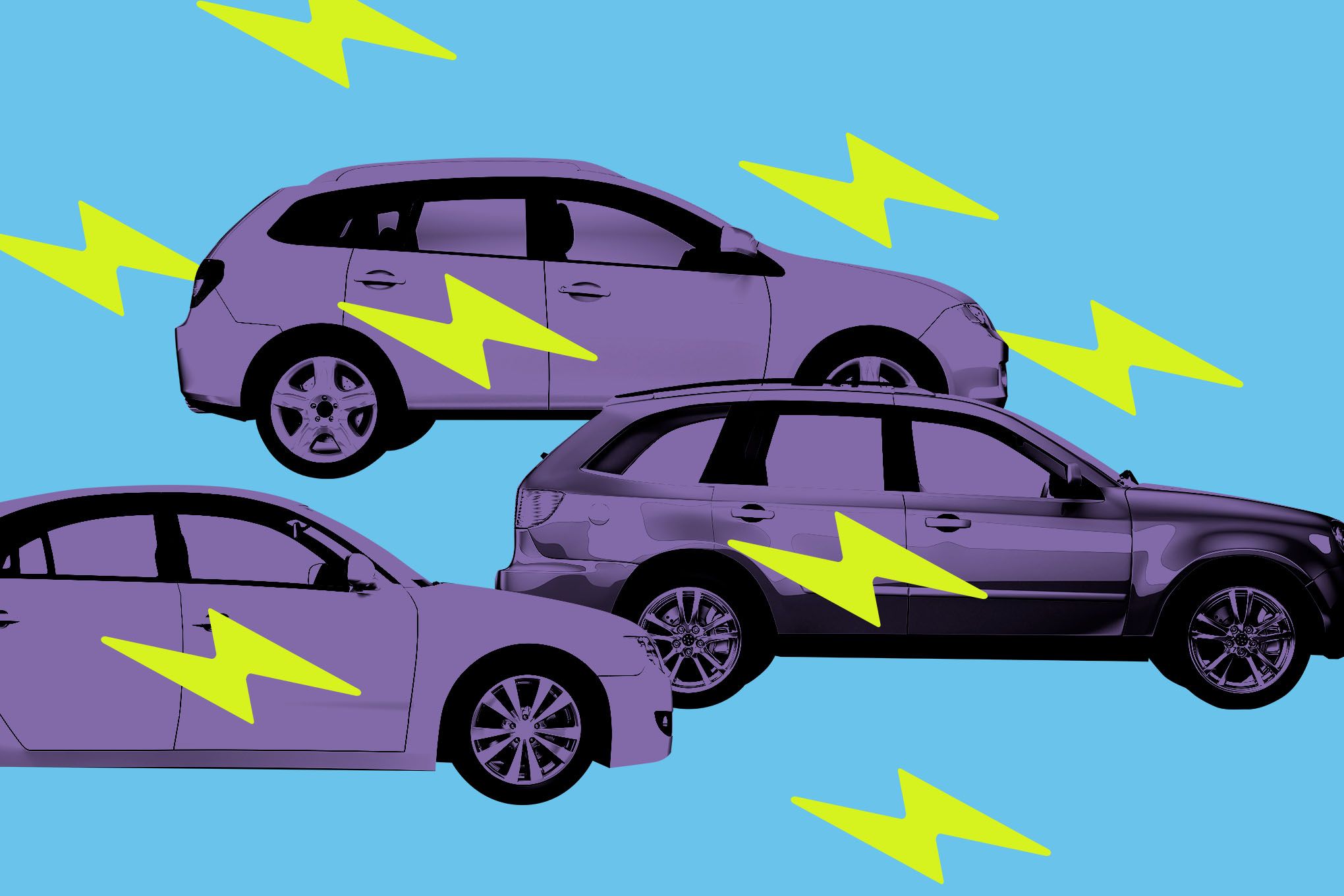Uber just made a major policy reversal, offering drivers $4,000 cash grants to switch to electric vehicles as the federal EV tax credit expires. The company's new "Go Electric" program replaces its previous hands-off approach with direct financial incentives, targeting its ambitious goal of 100% electric trips by 2030. This shift comes as the rideshare industry faces mounting pressure to decarbonize while drivers grapple with rising vehicle costs.
Uber just dropped a bombshell that's reshaping the gig economy's electric future. The rideshare giant is now offering $4,000 cash grants to drivers who ditch their gas-guzzlers for electric vehicles, marking a complete reversal from its 2020 stance of refusing to directly subsidize driver EV purchases. The timing isn't coincidental - the recent expiration of the $7,500 federal EV tax credit has left drivers scrambling for alternatives, and Uber is stepping into that void with cold, hard cash. The company has rebranded its "Uber Green" service as "Uber Electric" and is rolling out what it calls the "Go Electric" program across four key markets: New York City, California, Colorado, and Massachusetts. These aren't small markets - they represent some of the largest rideshare populations in the country. When stacked with local incentives like Massachusetts' MOR-EV program and Colorado's Clean Fleet Program, drivers could see EV costs drop substantially below traditional gas vehicles. The $4,000 figure isn't random - it mirrors exactly what drivers lost when the federal used EV tax credit expired. "Through Go Electric, Uber is hoping to make up for the loss of the tax credit by putting up its own money for EV purchases," according to The Verge's reporting. This represents a seismic shift in how platform companies approach driver economics. Uber's electric ambitions haven't been smooth sailing. The company hitched its wagon to Hertz's massive EV purchasing spree in 2021, when the rental giant ordered 100,000 Tesla vehicles and 65,000 Polestars specifically to rent to rideshare drivers. But depreciation rates crushed those dreams, forcing Hertz to reverse course and dump most of its EV fleet in 2023. Despite those setbacks, Uber has doubled down. The company announced a partnership with Chinese EV giant BYD last year to deploy 100,000 electric vehicles across Europe and Latin America. Currently, 200,000 drivers on Uber's global platform already operate EVs, but that's still a fraction of what's needed to hit the company's . The challenge isn't just financial - it's structural. Rideshare drivers are independent contractors, not employees, which means Uber can't simply mandate vehicle switches without potentially reclassifying their employment status. Most drivers operate on razor-thin margins and often work for multiple platforms, making the upfront cost of EVs prohibitive even when long-term operating costs are lower. Uber is sweetening the deal beyond just purchase incentives. The company is expanding its battery-aware matching feature to support EVs from , , , , , and . This smart routing system matches drivers with trips based on their battery levels, ensuring they can accept rides that end near charging stations or avoid routes that would drain their batteries. For riders, Uber Electric comes with its own perks. The platform is offering 20% discounts (up to $8 off) with the code GOELECTRIC20 for a limited time, making electric rides more appealing to cost-conscious consumers. The rebrand from "Uber Green" also eliminates confusion - the old service included hybrid vehicles, while Uber Electric is purely for zero-emission rides. Industry watchers see this as a crucial test case for how gig economy platforms will navigate the transition to sustainable transportation. If successful, expect and other competitors to launch similar programs.












